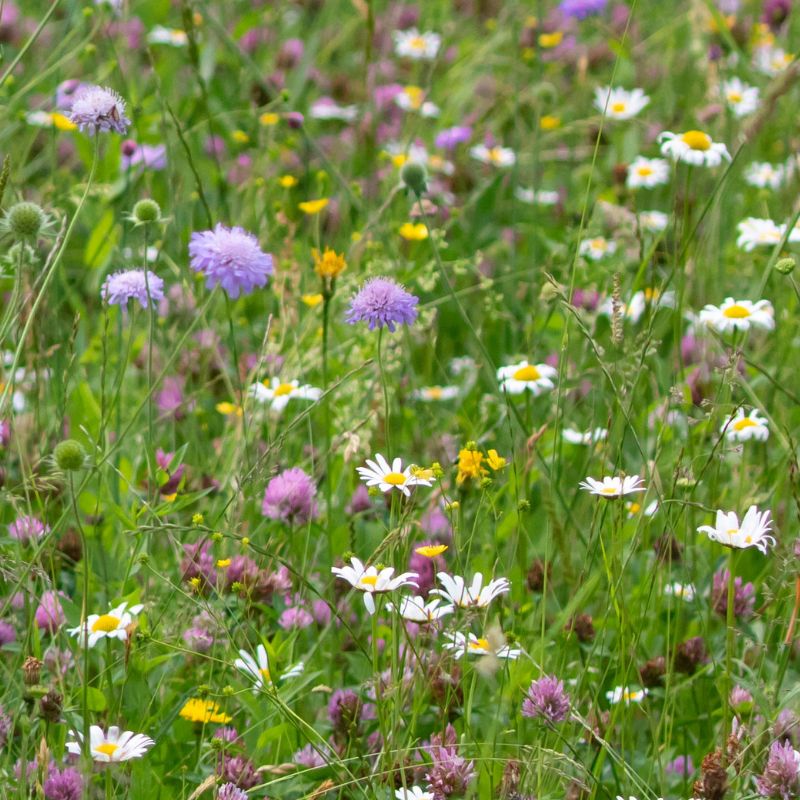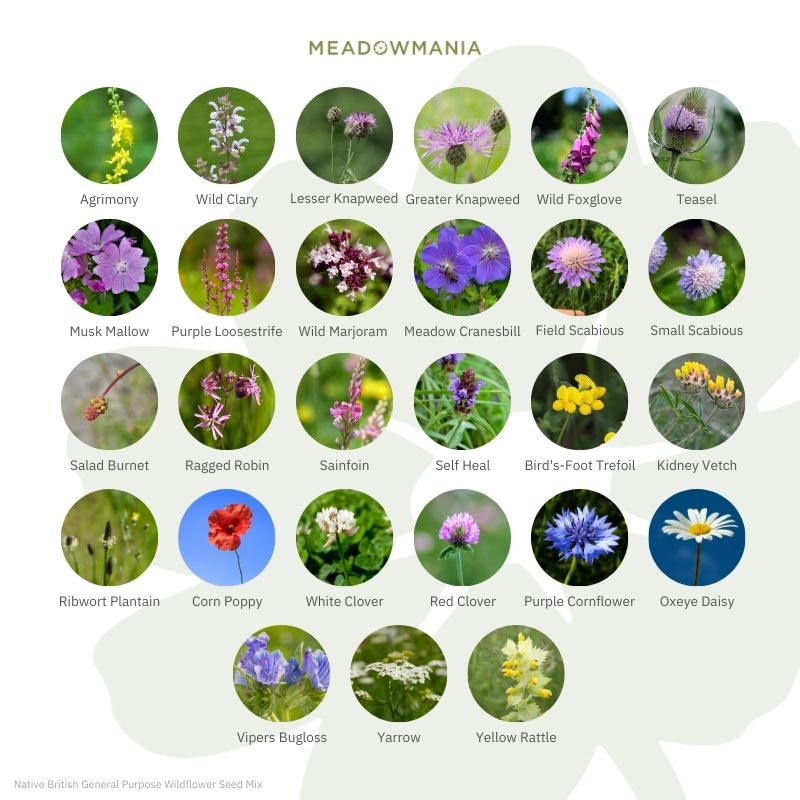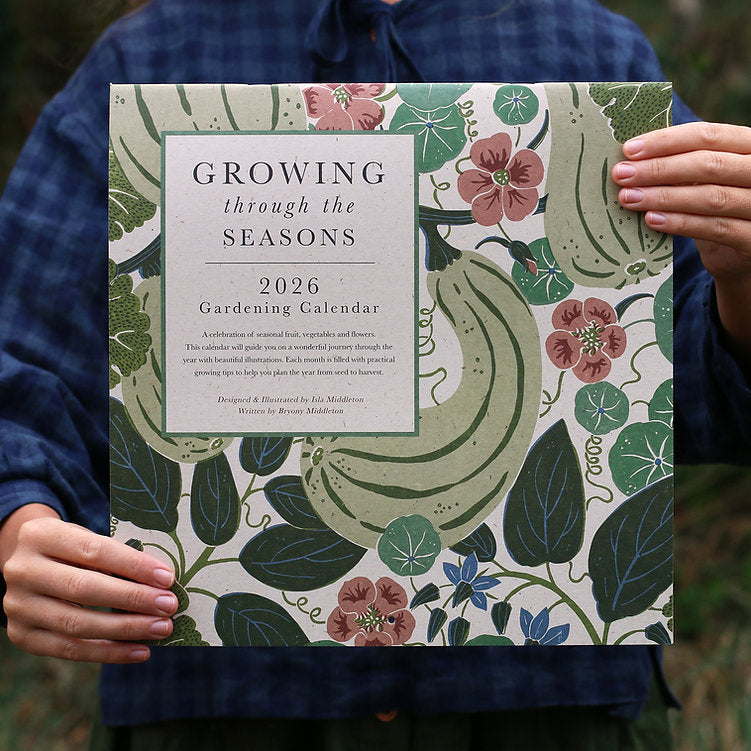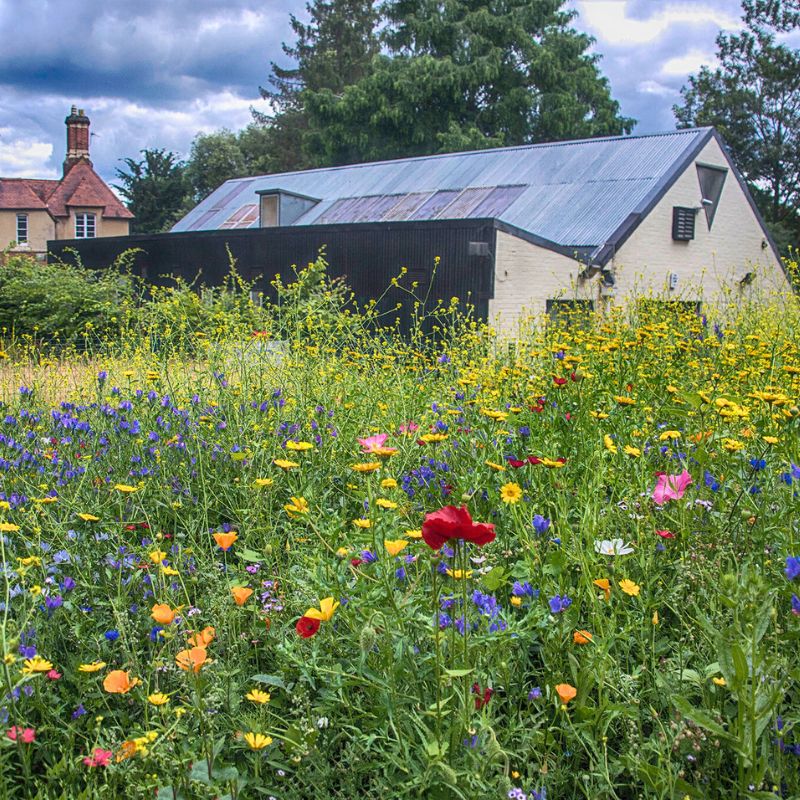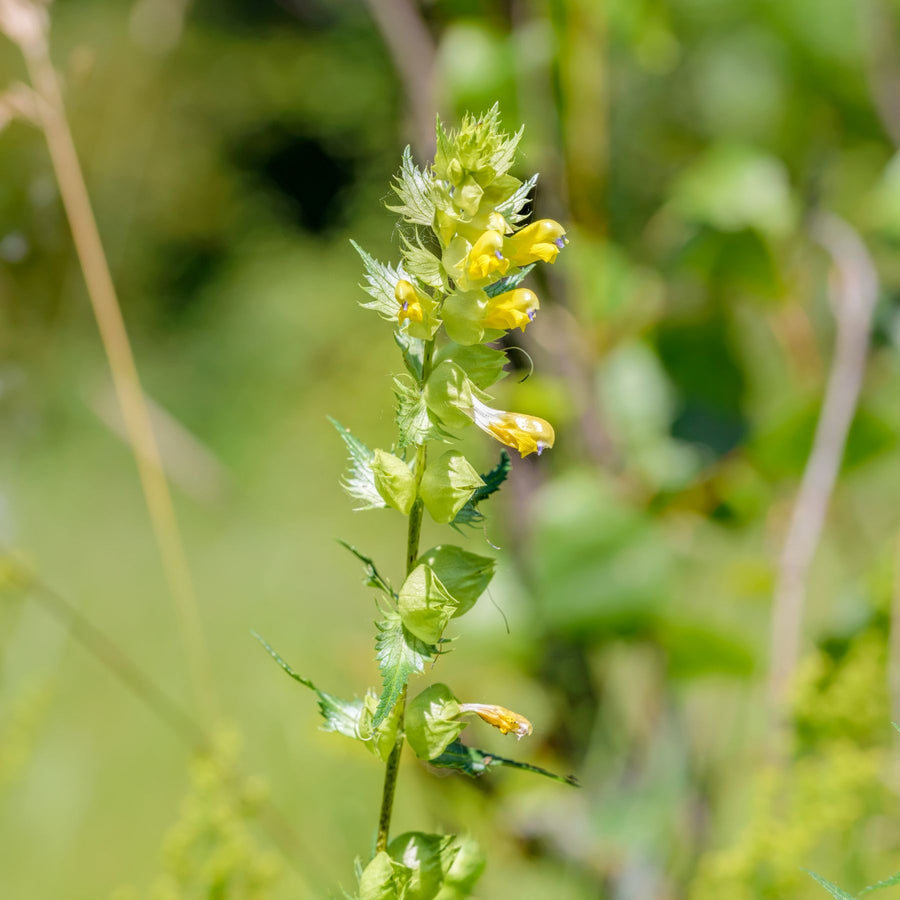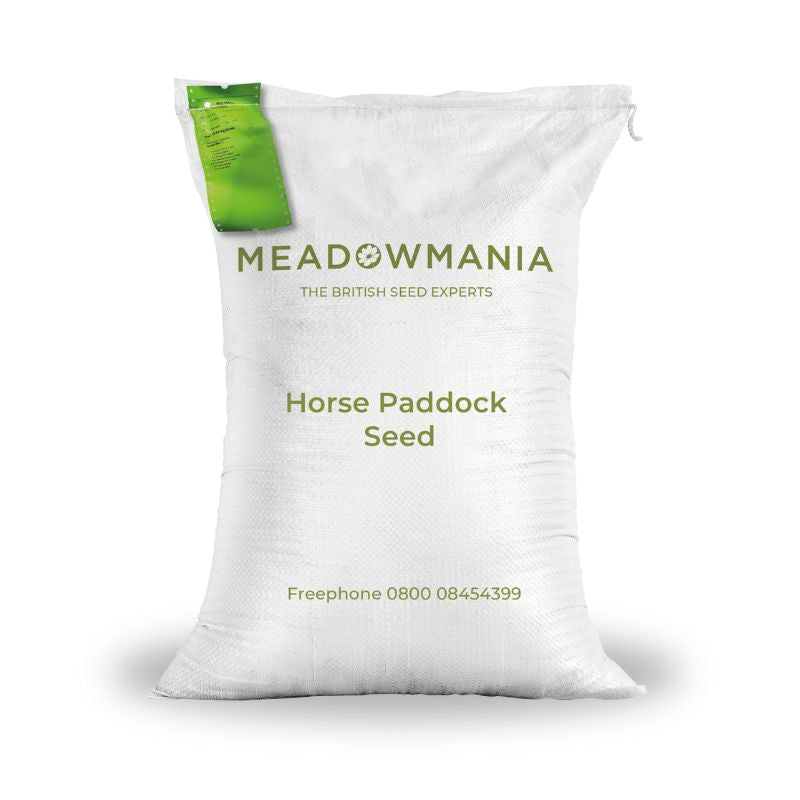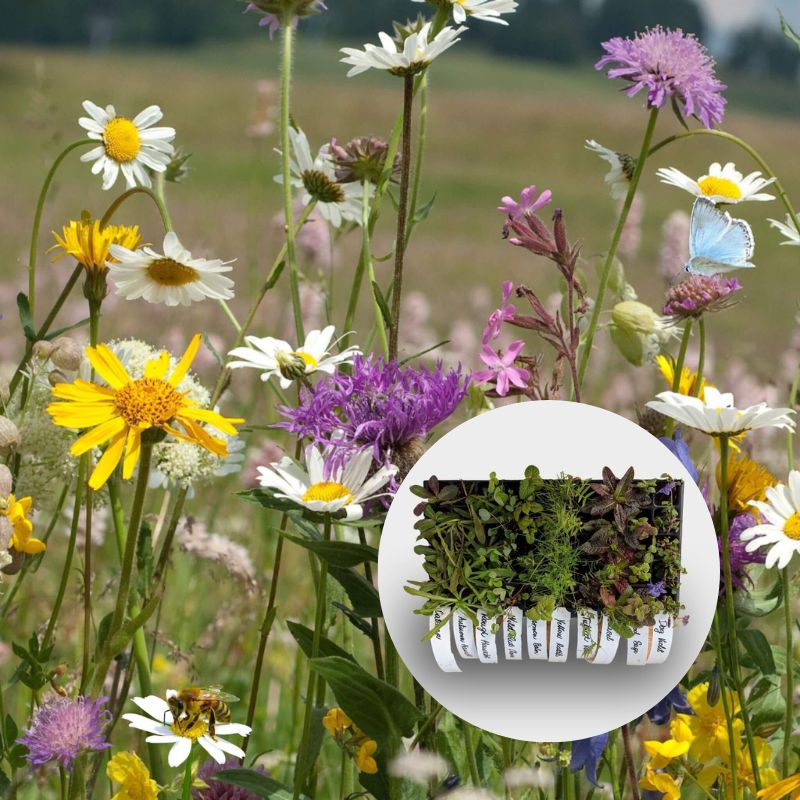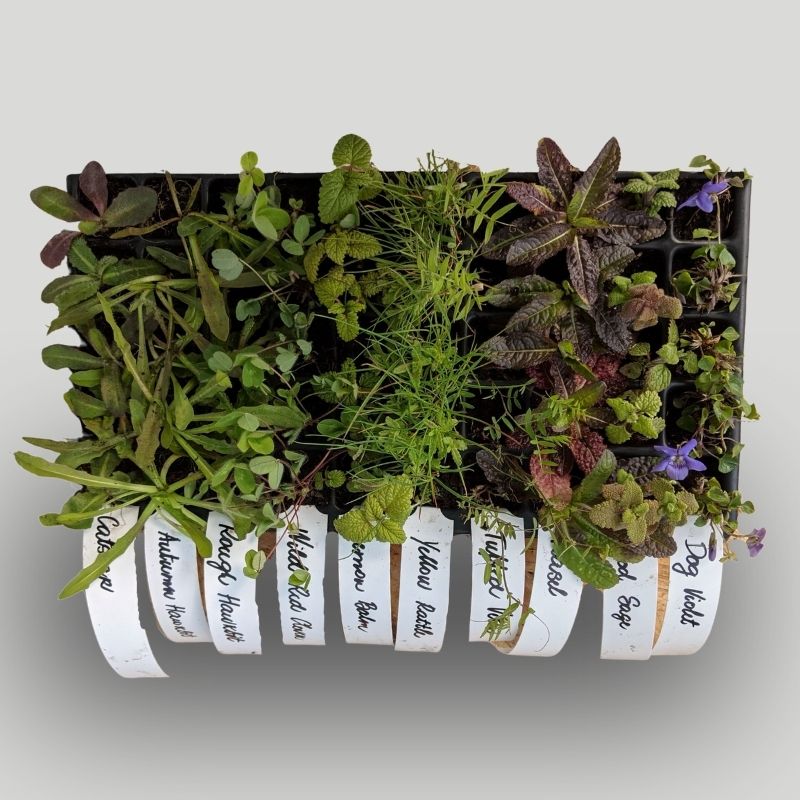
Beneath The Blooms: How Wildflowers Benefit Soil Health
When we think of wildflowers, we usually imagine a meadow rich in colour and texture and teeming with insect life; rarely do we think of the intricate network of roots supporting the flowers and enabling them to grow. But beneath the blooms and their aesthetic and ecological value, the roots of wildflowers play a crucial role in maintaining and enhancing the health of our soil.
5 reasons why healthy soil is so important:
- It is estimated that more than half of all earth species live in the soil.
- One gram of soil (less than half a teaspoon) can contain up to 10 billion organisms.
- 95% of our food production relies on soil.
- Soils store more carbon than the atmosphere and all the planet's plants and forests combined.
- Healthy soil can help prevent floods and mitigate the effects of drought.
Improving soil structure
Wildflowers greatly contribute to the physical structure of the soil. Their roots, which vary in depth and spread, create channels in the soil that increase soil porosity for water and air. This helps to prevent soil compaction and improves the soil’s water-holding capacity, allowing plants to survive longer in periods of drought.
Preventing erosion
Soil erosion is a major environmental concern, leading to the loss of fertile topsoil and contributing to water pollution. Deep-rooted taproots of wildflowers such as devil’s bit scabious, help to anchor the soil in place, while the dense shallow roots of species such as oxeye daisy help prevent surface erosion from rain and wind. By reducing runoff and retaining soil, wildflowers play a vital role in maintaining land stability and preventing the degradation of valuable agricultural land.
Enhancing soil fertility

Some wildflowers, particularly legumes like clover and bird’sfoot trefoil, have a symbiotic relationship with nitrogen-fixing bacteria allowing them to absorb nitrogen from the air and deposit it into the soil through nodules on their roots. This allows other plants to access this nutrient and helps balance soil fertility.

Wildflowers are also important in nutrient cycling where nutrients are absorbed from the soil or the air and released back into the soil upon decomposition of the plant foliage. For instance, the taproots of wild carrot and of chicory can reach down to 1m into the soil. This allows them to access nutrients that are not normally available to other, shallow-rooted, plants. When the deep-rooted plants die, these nutrients are then deposited on the soil and made available to other plants.
Sequestering carbon
Through photosynthesis, plants capture carbon dioxide from the atmosphere and store it in their biomass and the soil. This process, known as carbon sequestration, helps to mitigate the impact of greenhouse gases. Healthy, wildflower-rich soils can sequester significant amounts of carbon, contributing to climate regulation.

So, the next time you admire a meadow bursting with wildflowers, its riches of colour and texture and busy insect life, remember to also think of the important part those wildflowers are playing beneath the surface of the soil. By improving soil structure, preventing erosion, enhancing fertility and sequestering carbon, wildflowers play a pivotal role in maintaining and enhancing the health of our soil and sustaining our environment.


